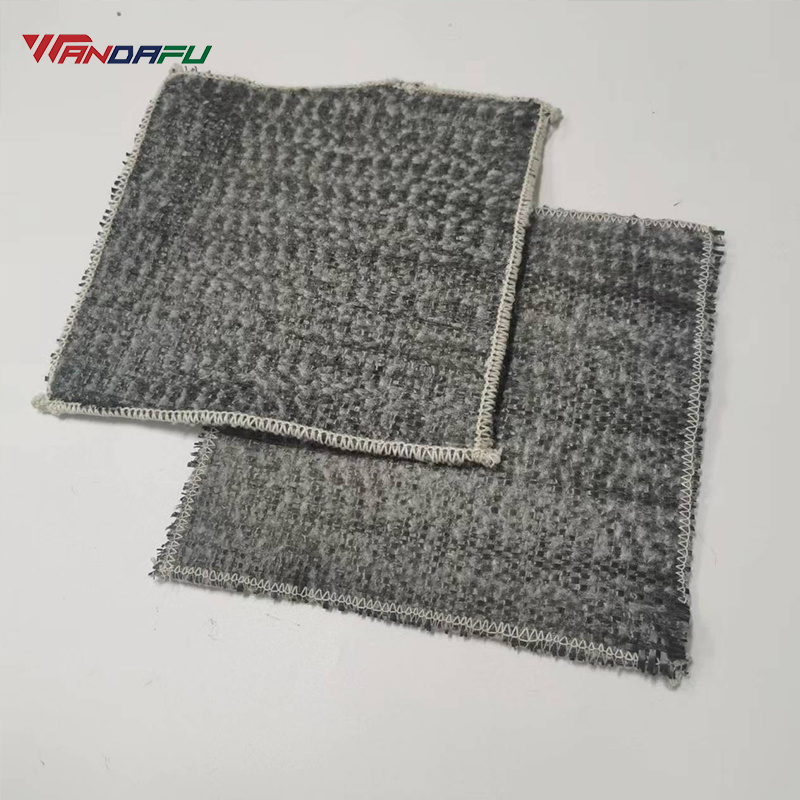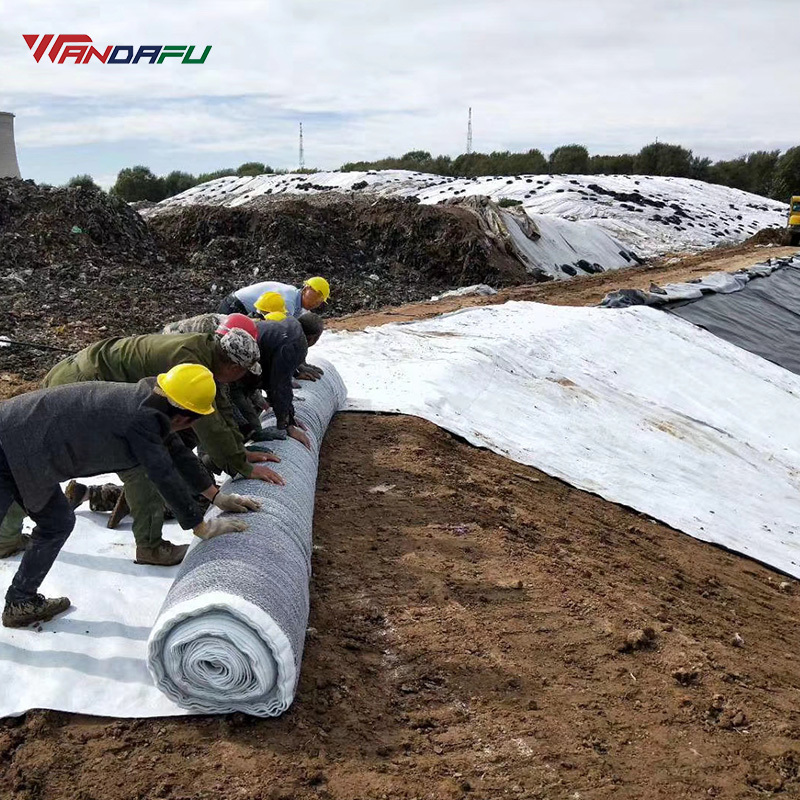
How to Install Bentonite Geosynthetic Clay Liners (GCL)?
Release time:
2025-03-28
Bentonite Geosynthetic clay liners (GCLs) are widely used in artificial lakes, ponds, landfills, and underground structures due to their excellent self-sealing and waterproofing properties. However, proper installation is crucial to ensure long-term performance. This guide covers the step-by-step process of installing Bentonite Geosynthetic clay liners, including preparation, laying techniques, seam sealing, and post-installation care.
Bentonite Geosynthetic clay liners (GCLs) are widely used in artificial lakes, ponds, landfills, and underground structures due to their excellent self-sealing and waterproofing properties. However, proper installation is crucial to ensure long-term performance. This guide covers the step-by-step process of installing Bentonite Geosynthetic clay liners, including preparation, laying techniques, seam sealing, and post-installation care.

1. Pre-Installation Preparation
1.1 Surface Inspection & Leak Repair
-
The base (usually concrete or compacted soil) must be smooth, clean, and free of sharp objects.
-
Repair any cracks or leaks in the concrete before installation.
1.2 Material & Tools Preparation
-
Bentonite GCL rolls (typically 6m wide x 30m long, weighing 500-1000kg per roll).
-
Heavy machinery (excavator, forklift) for handling rolls.
-
Bentonite powder & sealing paste for joint treatment.
-
Nails, washers, and geotextile patches for fixing and repairs.
-
A flat staging area (≥100 m²) for unrolling and cutting.
2. Step-by-Step Installation Process
2.1 Unrolling & Positioning
-
Start from the lowest point (e.g., the deepest part of a lake) and unroll upwards.
-
On slopes, secure the top edge and let the blanket roll down naturally.
-
On flat surfaces, use an excavator with a 6m-long pipe attachment to unroll smoothly.
2.2 Overlapping & Seam Sealing
-
Side & end overlaps must be 25-30cm.
-
Apply bentonite powder (10cm wide, 0.5cm thick) between layers.
-
Seal external edges with bentonite paste to prevent water seepage.
2.3 Fixing on Slopes & Vertical Surfaces
-
Use galvanized nails + washers (spaced 30-50cm apart) to prevent slippage.
-
Seal nail holes with bentonite paste.
-
Round off inside corners to avoid stress points.
2.4 Detailing Around Pipes & Structures
-
Apply 5mm-thick bentonite paste around pipes before covering with GCL.
-
Ensure 100mm overlaps at corners, sealed with paste.
3. Post-Installation Inspection & Protection
3.1 Quality Check
-
Inspect for tears, wrinkles, or loose areas.
-
Repair damaged spots with bentonite patches & sealant.
3.2 Immediate Backfilling
-
Cover with clay or soil (≥30cm) to protect from UV and mechanical damage.
-
Avoid vehicle traffic on exposed GCL.
3.3 Filling with Water
-
Fill the lake within 24-48 hours to activate uniform swelling.
-
Ensures a continuous gel barrier for maximum waterproofing.
4. Common Mistakes to Avoid
❌ Poor overlap sealing → Leads to leaks.
❌ Delayed backfilling → Causes drying & cracking.
❌ Heavy machinery on unprotected GCL → Damages the blanket.
❌ Insufficient slope anchoring → Causes slippage.
Conclusion
Proper bentonite Geosynthetic clay liners installation requires careful planning, correct overlapping, and immediate protection. Following these steps ensures a durable, leak-proof barrier for ponds, lakes, and containment systems.
For high-quality bentonite GCLs and professional installation advice, contact Tai'an Wandefu Polymer Composite Materials Co., Ltd.today!
Latest News




